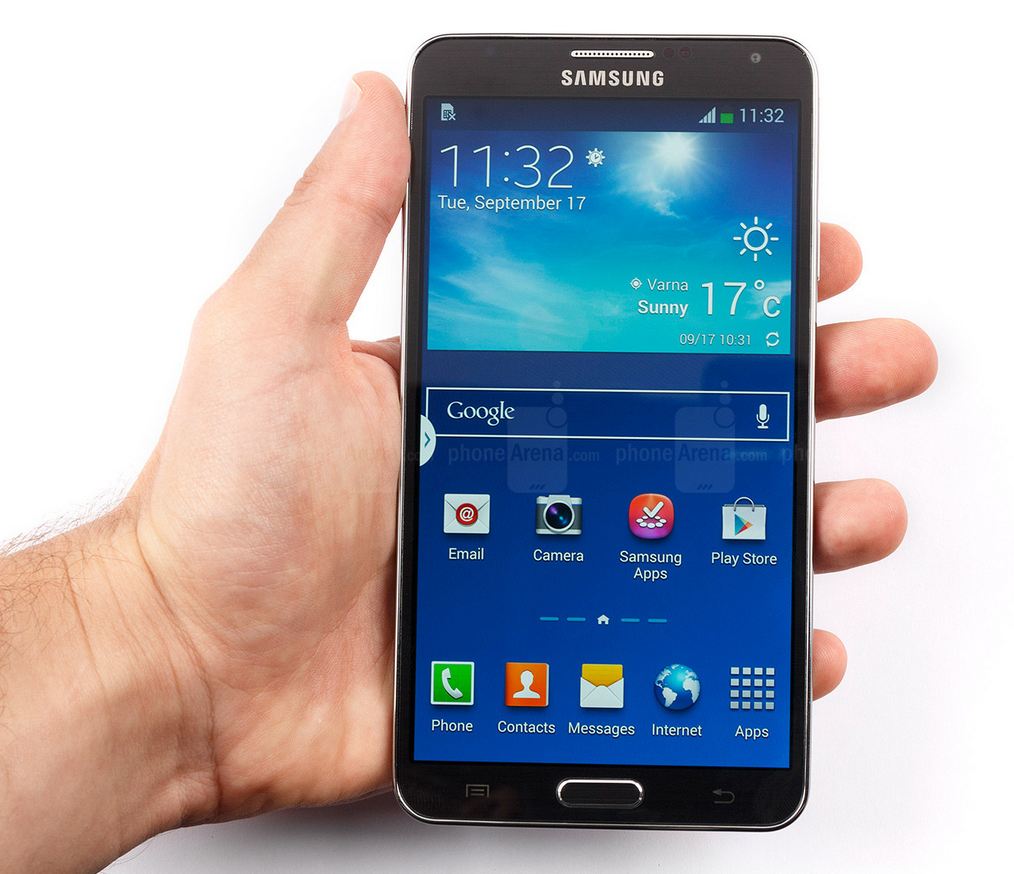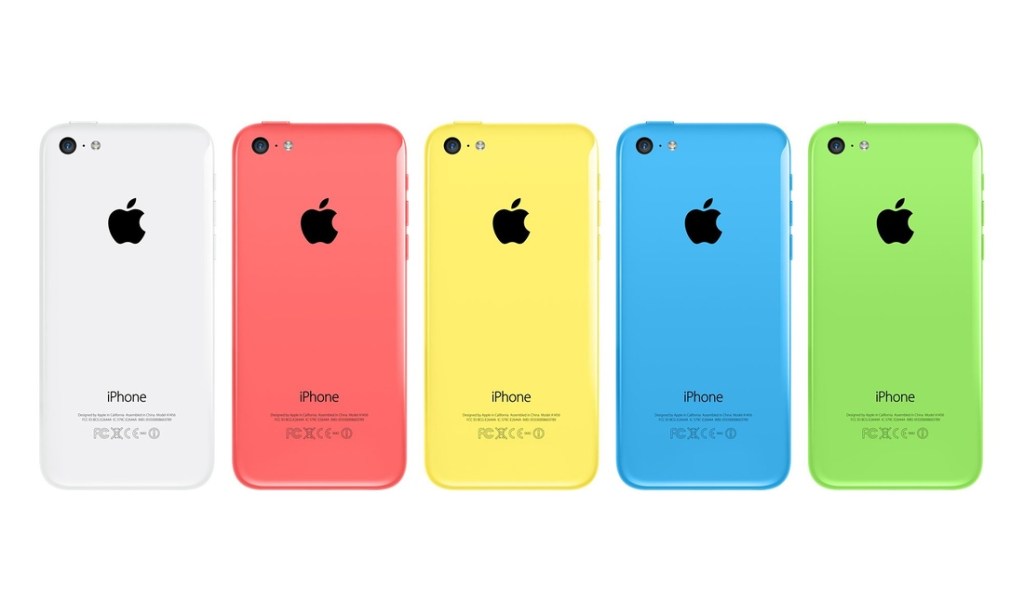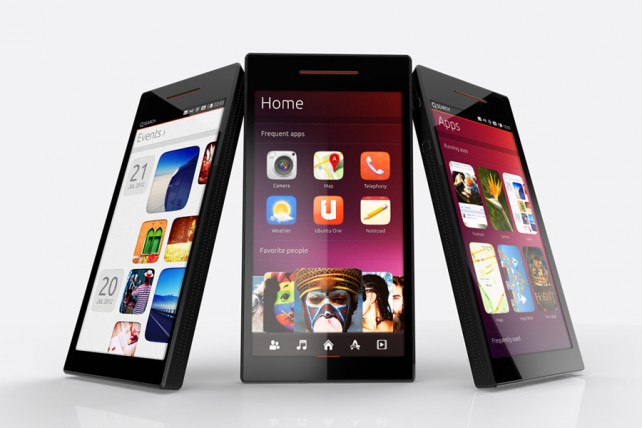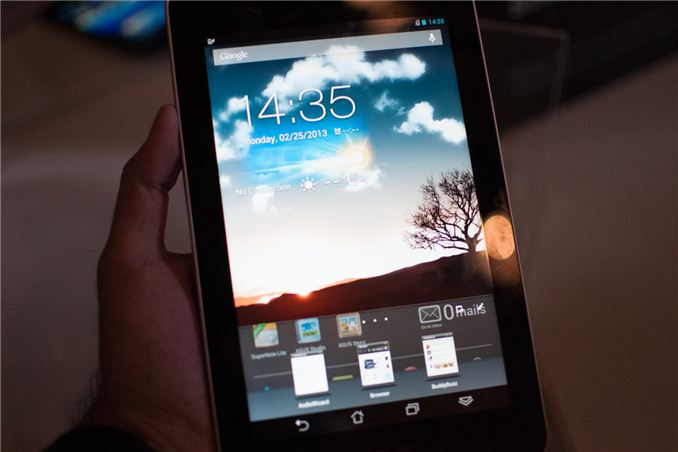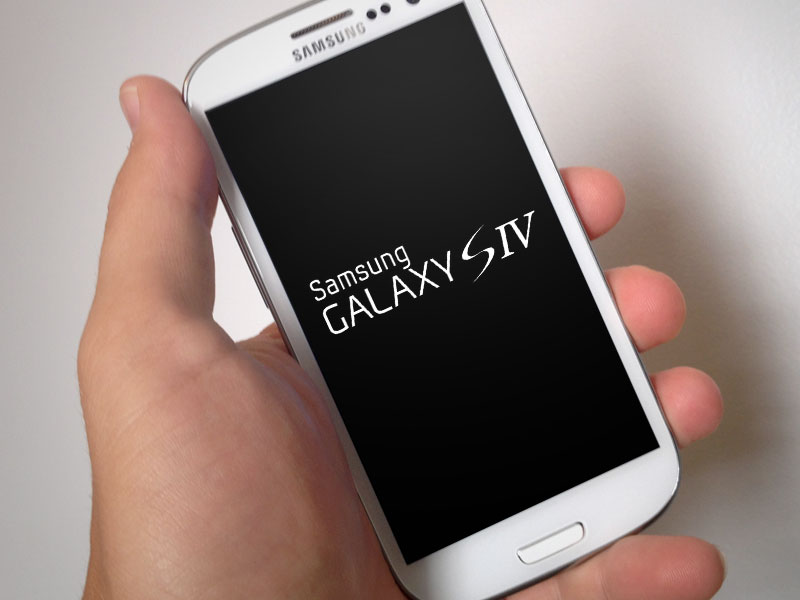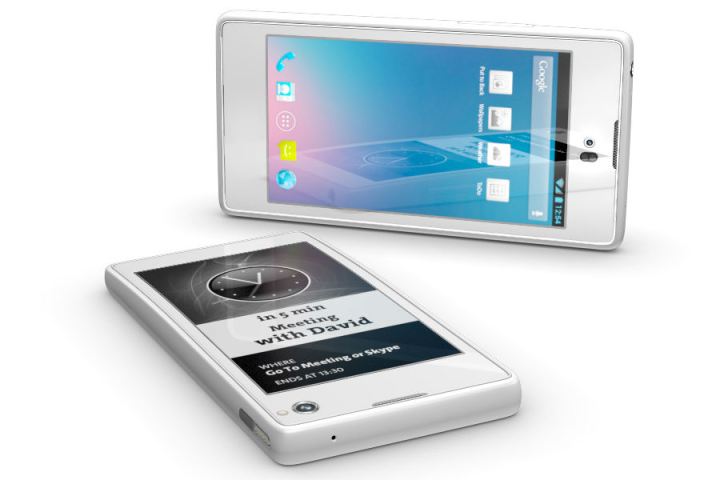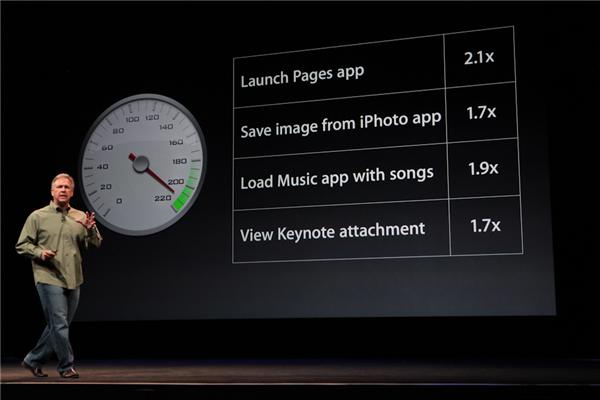Samsung Galaxy Note 3
Bigger display for a big phone
Since the introduction of the first Samsung Galaxy Note in 2011, competitors have placed on the market many phones billed as “bigger than ever before.” But none could match Samsung’s success or give the users a compelling reason to own such a big smartphone. Samsung smartly created a sub-market for the device that’s primarily a […]
